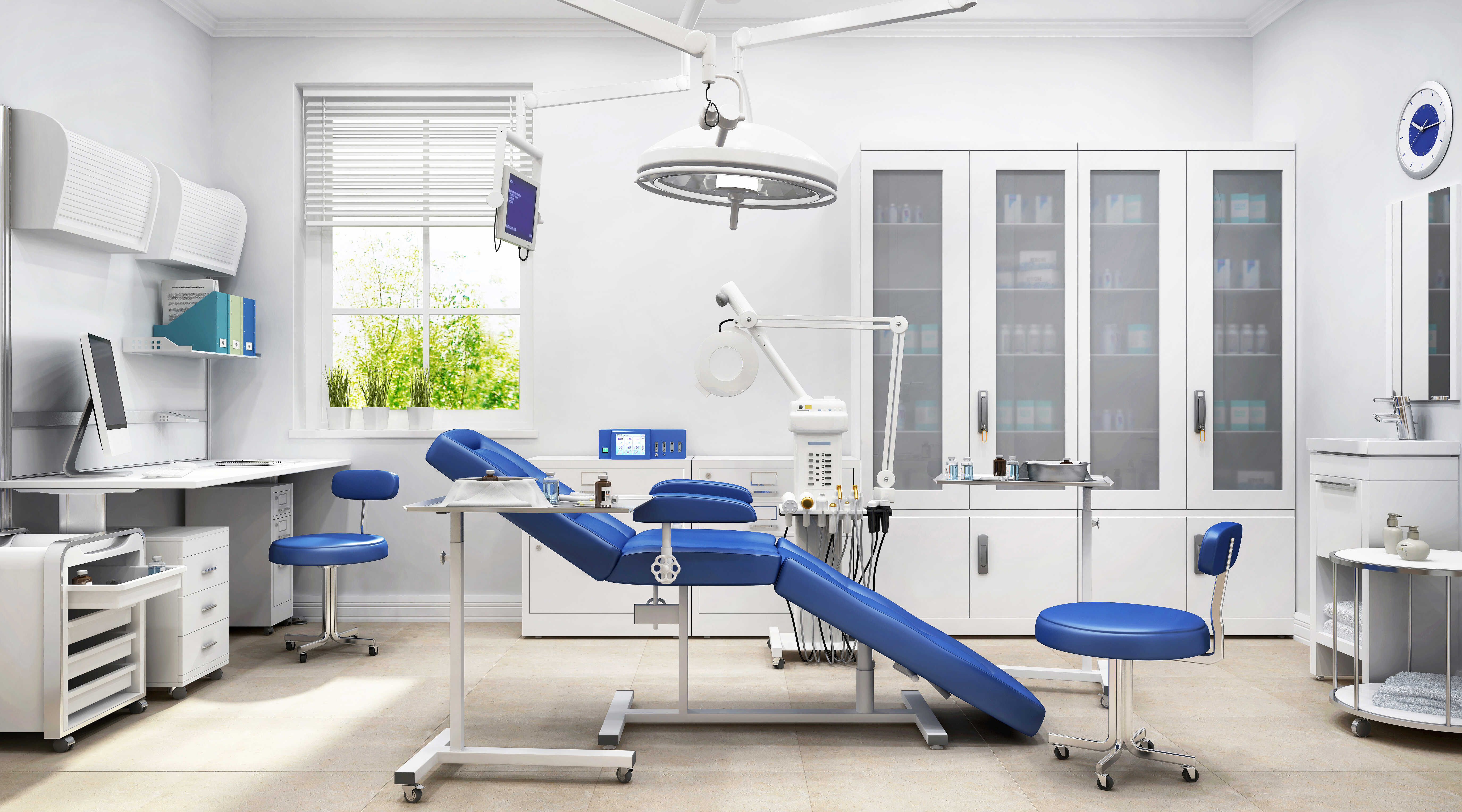Early (severe) caries in childhood, known as the case of decayed teeth in children, is one of the most common dental problems in children. It is an acute caries, with early onset, with rapid evolution, which affects the young child. It is manifested by cavitation or non-cavitation, missing teeth or obturated surfaces on any temporary tooth, as a result of dental caries.
It was found that the introduction of tooth brushing at a younger age and the supervision of brushing by parents, significantly reduce the severity of carious damage in children with incorrect feeding and care habits. It is recommended that tooth brushing starts as soon as possible after the eruption of the first temporary teeth.
Children who have not already established the habit of tooth brushing at the age of 1 have more chances to be caries-free at the age of 3.
For pre-school and preschool children, brushing teeth does not ensure a correct cleaning of the teeth. By supervising the brushing, the shortcomings of the brushing technique performed by the child are removed.
Detecting early severe caries in the initial stage of development is difficult, because the white spots of demineralization are difficult for parents to notice.
The dentist rarely detects this pattern of caries, because parents are not used to bringing their children to regular dental check-ups from a young age.
The American Academy of Pediatric Dentistry recommends that around the age of 1, the child has the first consultation performed by the pediatric dentist.
If the child is brought to a dental check-up at the first signs of the disease, the pedodontist will make a differential diagnosis with graft caries on enamel hypoplasia (in the case of white spots) or exogenous coloring (in the case of brown or black spots).
The opaque white spots are spotted using the air spray. In this stage, which lasts a little while, the color change is not accompanied by pain. Later, the loss of substance occurs. Parents may notice the change in color due to altered dental hard tissues or may be alarmed by the pain caused by sweet, cold or hot foods or drinks. Untreated cavities in temporary teeth progress rapidly due to the permeability of the dental tissues and their smaller thickness. Thus, acute inflammation of the dental pulp occurs , which causes spontaneous pain. Children with multiple dental caries may have a low appetite because mastication becomes painful. Preschoolers with dental problems are manifested by nutritional disorders and sleep disturbances.
Often, the first decayed teeth in children are the upper incisors, which usually erupt early, in the first year of life. It is considered that the supine position in which the infant spends many hours causes sweetened liquids (milk, tea, juices, etc.) to stagnate for a long period of time on the vestibular surfaces of the anterior teeth, and in the upper frontals the salivary flow is less than in other parts of the oral cavity. That is why cleaning is more difficult and takes a much longer time. The lower incisors are less affected by the carious attack due to the protection offered by the soft parts (tongue, lower lip) and the proximity of the openings of the submandibular and sublingual glands. Saliva from these glands protects the teeth from acids produced by dental plaque, as well as from cariogenic liquids.
At the level of the front teeth, the lesions are generally located on smooth surfaces, considered with low risk of caries. The most common location is on the vestibular or oral surfaces, near the package or, less often, on the approximate surfaces, the incisal edge not being affected.
At the level of the molars, the lesions can be located both on the smooth, vestibular and oral surfaces, where the enamel is thinner, as well as on the occlusal surfaces, in grooves and pits.
Up to the age of 2 and a half years, the smooth surfaces of the upper incisors and the occlusal surfaces of the first molars are affected, and up to the age of 3 and a half, caries progress on the smooth surfaces of the upper canines and the occlusal surfaces of the 2nd temporary molars. At the age of 5 years, the proximal surfaces of all temporary molars are usually affected.


